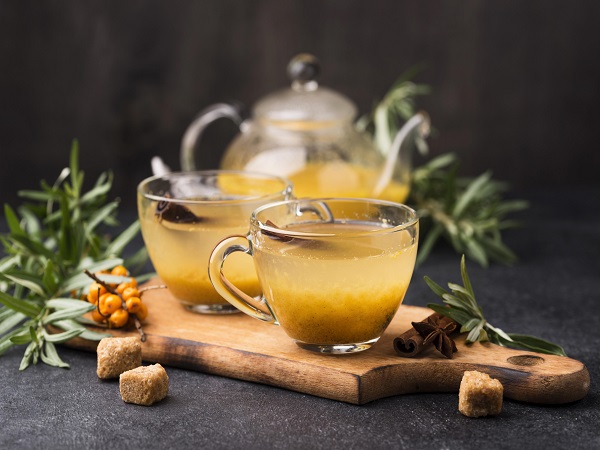Most Indians (78% of the Indians) are tea drinkers, as tea is commonly consumed as part of their daily routine. While regular hot tea is the most popular choice, being consumed by 62% of Indians, specialty teas such as green, botanical, and fruit tea are emerging, with green tea leading this niche category The convenient RTD…




